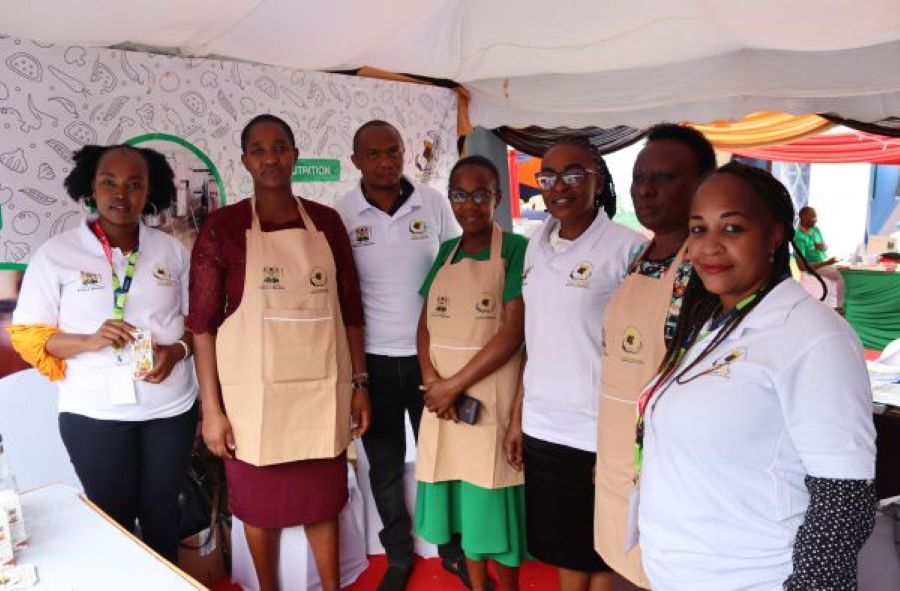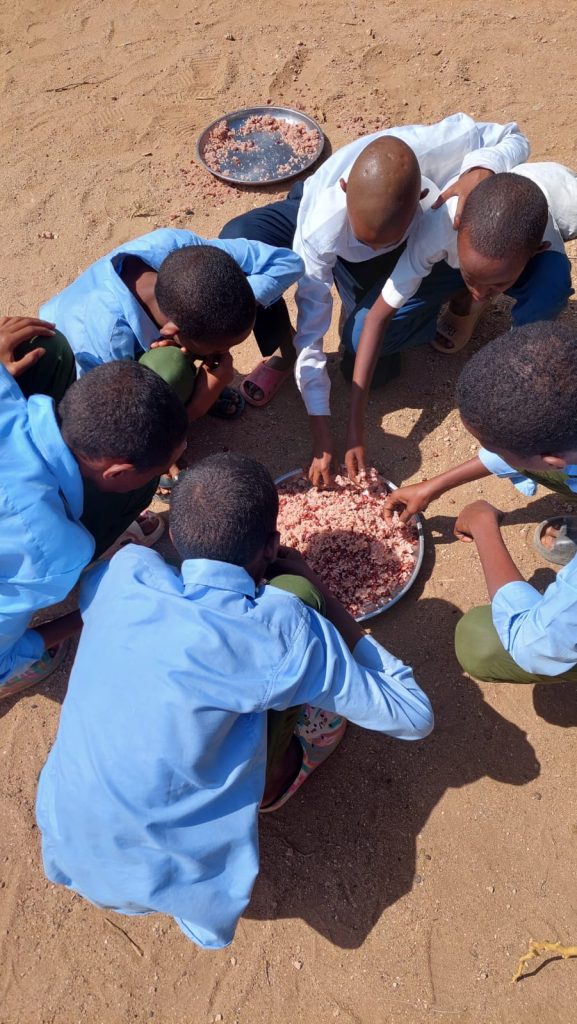SCHOOL MEALS PROGRAMME IN KENYA
Since its inception in the 1980s, the Government of Kenya, in collaboration with development partners, has made significant progress in implementing the School Meals Programme, currently providing meals to 2.6 million primary school learners.
Aligned with the right to education and Sustainable Development Goal 4 (SDG 4) ensuring inclusive and equitable quality education, the program serves as a critical social safety net, especially in the face of climate-induced challenges like prolonged droughts.
By addressing food insecurity in schools, the program not only enhances learning but also supports vulnerable children, ensuring they stay in school, perform better, and live healthier.
Educational Objectives
- Increase school enrollment.
- Stabilize pupil attendance and improve concentration.
- Promote gender parity in education.
- Enhance transition rates between educational levels.
- Improve children’s health and nutritional status
Environmental and Agricultural Objectives
- Boost local agricultural production.
- Provide market access for smallholder farmers.
- Support women’s livelihoods and community socioeconomic status.
- Mitigate the impacts of climate change and enhance food security.

NACONEK EXBITING AT KESSHA CONFERENCE AT SHEIK ZAYED, MOMBASA.

Key Milestones in Kenya’s School Meals Journey
1979 – Launched in response to a severe drought affecting 80% of the population, starting with 240,000 children.
1990s – Expanded coverage with the government covering 50% of transport and storage costs.
2004 – Reached 1.1 million children in over 3,000 schools.
2012-2018 – Transitioned management of semi-arid region schools to the Government of Kenya.
2020 – 1.6 million children fed daily with a $24 million budget.
2021 – A signed-up member of the global School Meals Coalition.
2024 – Launched National School Meals Coalition.
2025 – 2.6 million children across 26 counties now benefit from the program.
Our success is driven by a multi-sector approach, involving the Ministry of Education, Health, Agriculture, Water, and the National Treasury, county officials, school committees, and local farmers.
SMP Implementation Modalities
The program employs three context-specific strategies:
- In-Kind Model: Food allocations are directly transported to schools in arid lands
- Cash Transfer Model: Schools receive budgets to purchase food locally through tenders, supporting smallholder farmers and boosting local economies in Semi Arid Lands
- Centralized Kitchens Model: Large cities like Nairobi and Mombasa use centralized kitchens to prepare meals delivered to schools as ready-to-eat options
Innovations in School Feeding
The program also focuses on clean cooking and food storage solutions.
They include:
- Steam cookers & Energy-saving jikos
- Low-carbon briquettes
- Food silos for safe storage
Beneficiaries
The program targets:
- Schools in 11 arid counties
- Schools in 15 semi-arid counties
- Special needs schools
- Informal urban settlements
- Refugee camp-based schools
VKenya aims for universal school feeding by 2030, targeting 10 million primary school learners, regardless of the modality to be served, daily for 180 school calendar days annually. The government’s vision includes:
- A nationally owned and cost-effective initiative.
- Enhanced enrollment, retention, transition rates, health outcomes, and hygiene standards.
- Integration of climate-smart agriculture practices to tackle environmental challenges while scaling up sustainable school feeding programs.
The National School Meals Coalition launched in October 2024 is pivotal to achieving this vision. Supported by WFP and The Rockefeller Foundation, this coalition focuses on clean cooking solutions, linking farmers to markets, climate-adapted meal options, health improvements, and sustainable financing strategies for school feeding programs.
